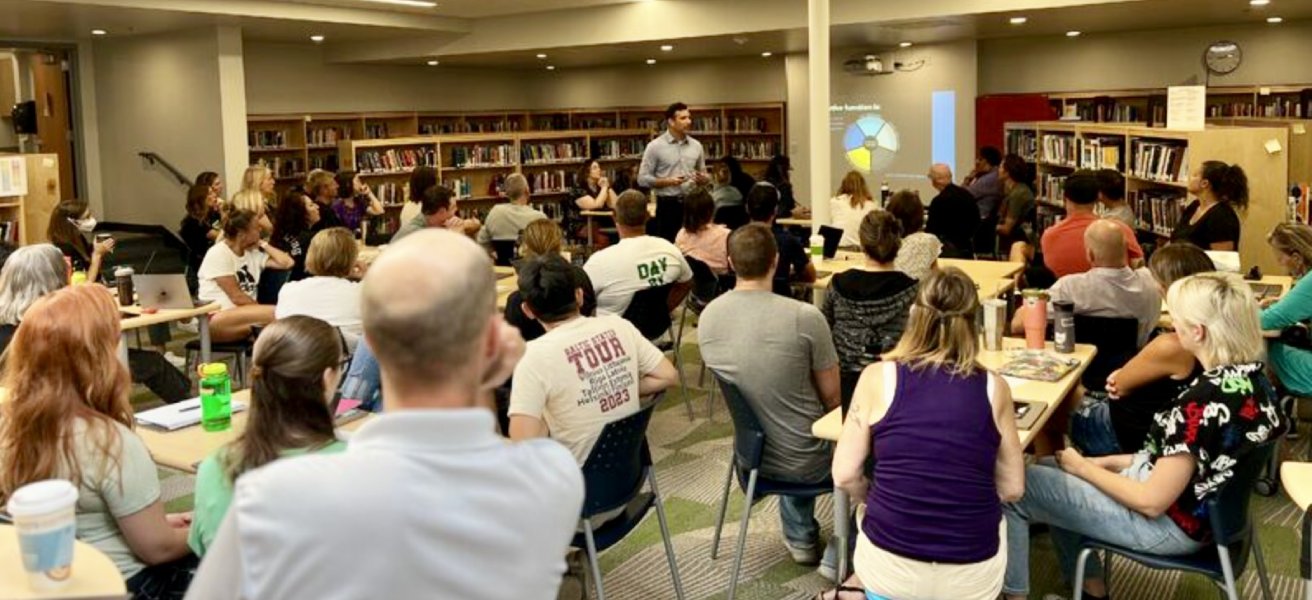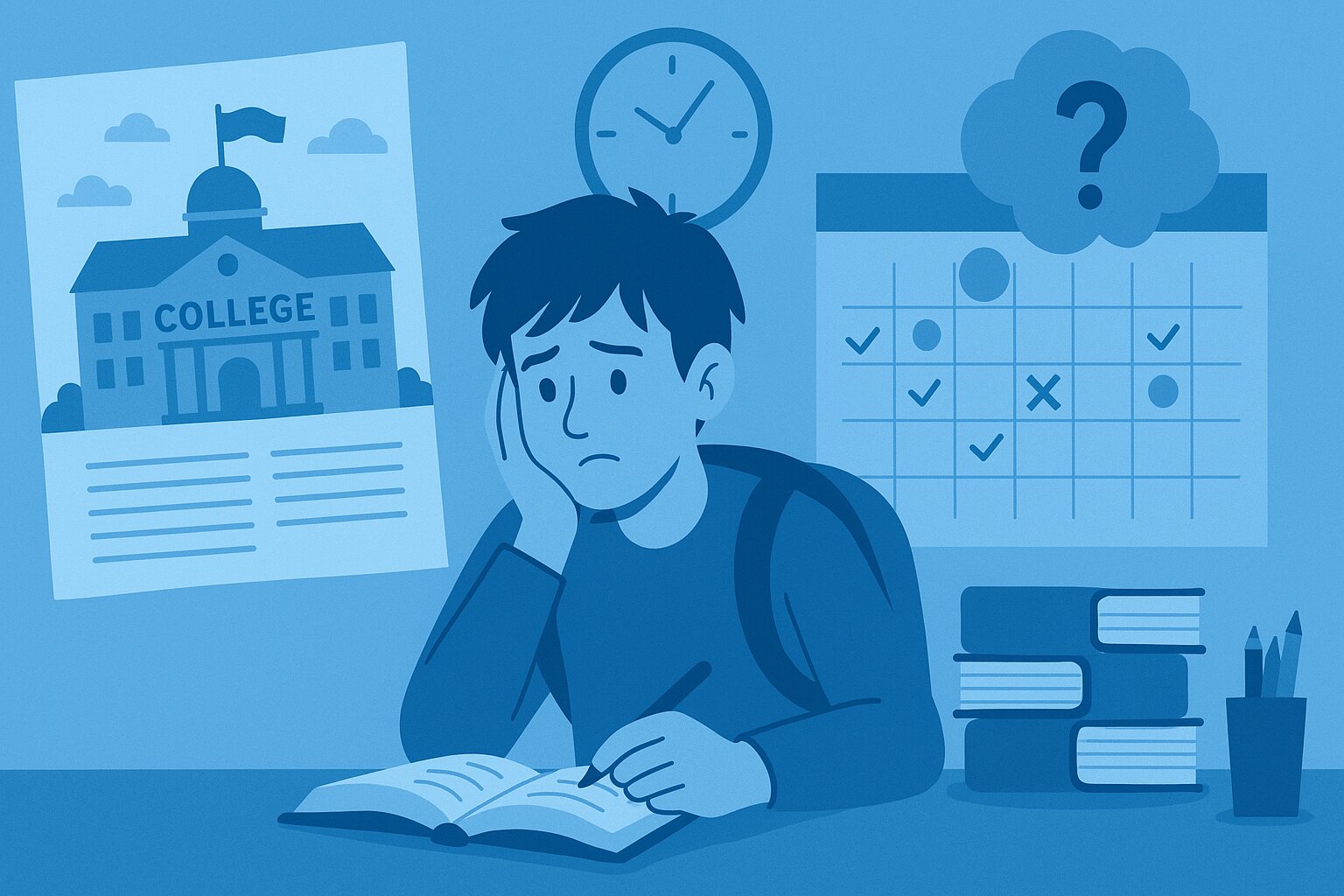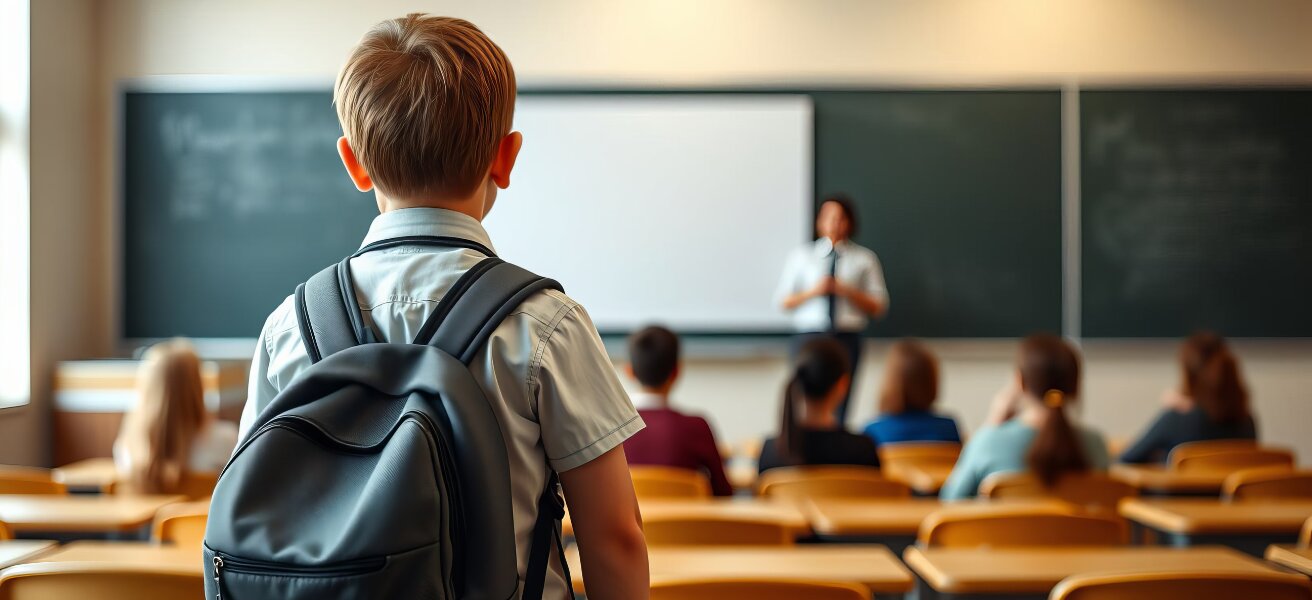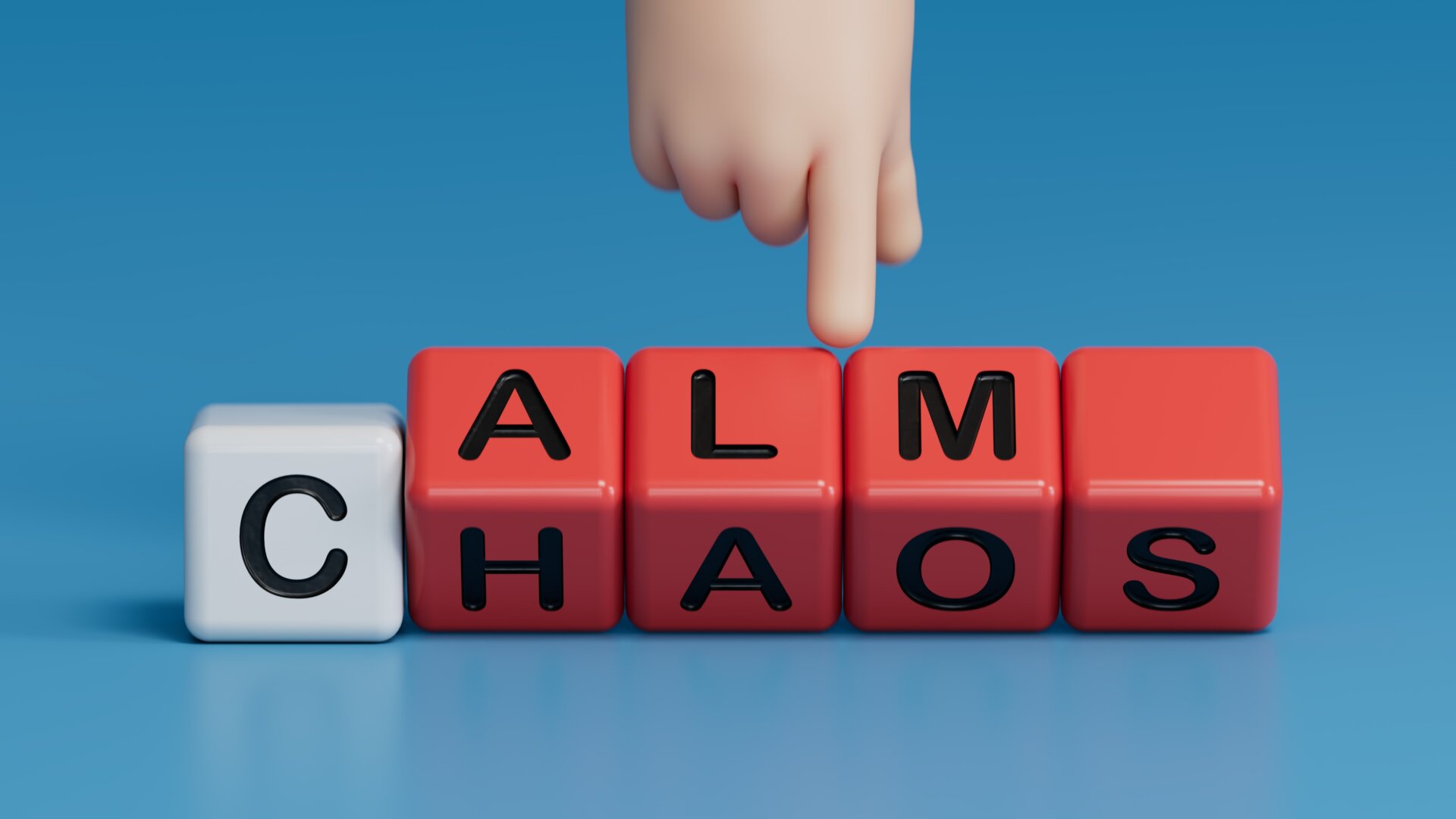Help Your Distracted Teen Focus: A Parent’s Guide to Mindfulness
It’s 2 AM, and I’m wide awake. I can’t slow my thoughts. Project deadlines, family commitments, and a million half-formed ideas ricochet through my head. How can mindfulness help me?
The frequency and intensity of my thoughts have always been a gift and a challenge. During the day, they fuel my creativity and have contributed to me having a job that I am fulfilled by. At night, I can’t slow down, sleep and the rapid pace of my thoughts are the catalyst for consistent anxiety. People frequently ask me if challenges with attention or forgetting things are the biggest challenges with my ADHD—both of these pale in comparison to learning how to slow down the ADHD brain.
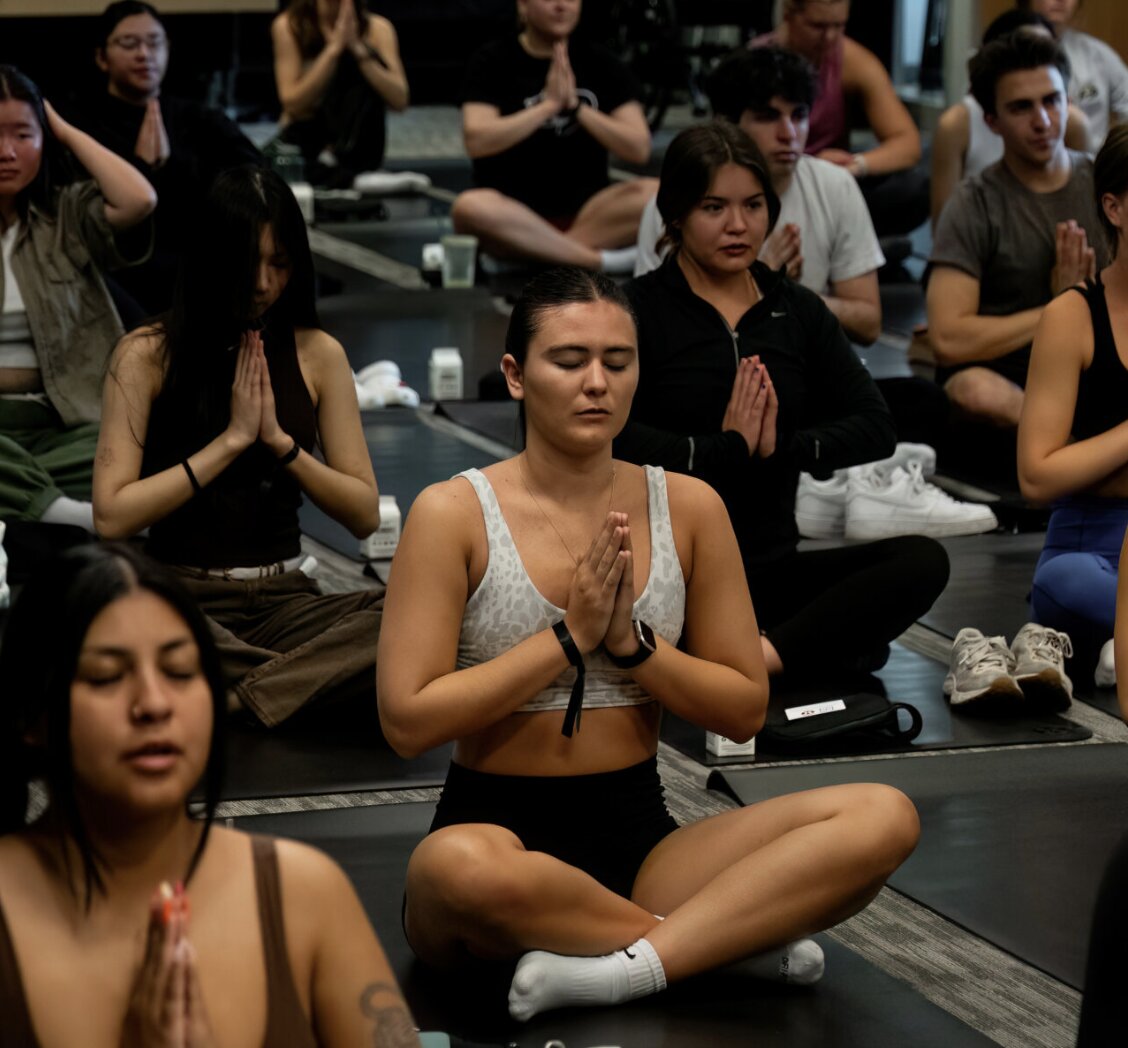
That’s where mindfulness entered the game, not to slow me down all the time but to give me control of the throttle. Through advice from a mentor, I started doing two daily 5-minute breathers: one at 4:55 PM in the parking lot before walking in to pick up my daughter and another right before bed. The impact was big. I am very much a work in progress, but I am improving my ability to downshift when needed, be more present with my family, and keep anxiety in check.
Like nearly everyone else with ADHD, I resisted mindfulness for years. I saw the research but always believed it was not for me. We are often most defensive of what we need most. Introducing young adults to mindfulness is not easy, but the results can be significant.
Here is what I have learned introducing mindfulness to teens and what has worked:
Understanding the Executive Function Puzzle
Now that we’ve addressed how to approach the topic with your student let’s dive into why it matters. Executive function skills are the brain’s command center. They include:

- Starting tasks
- Organizing materials
- Managing time
- Controlling impulses
- Regulating emotions
For many young adults, these skills don’t come naturally and are more of a struggle for those with ADHD, anxiety, giftedness, etc. Unlike reading or math, they’re rarely taught in school. This is where mindfulness comes in – not as a Band-Aid but as a powerful tool for neural restructuring.
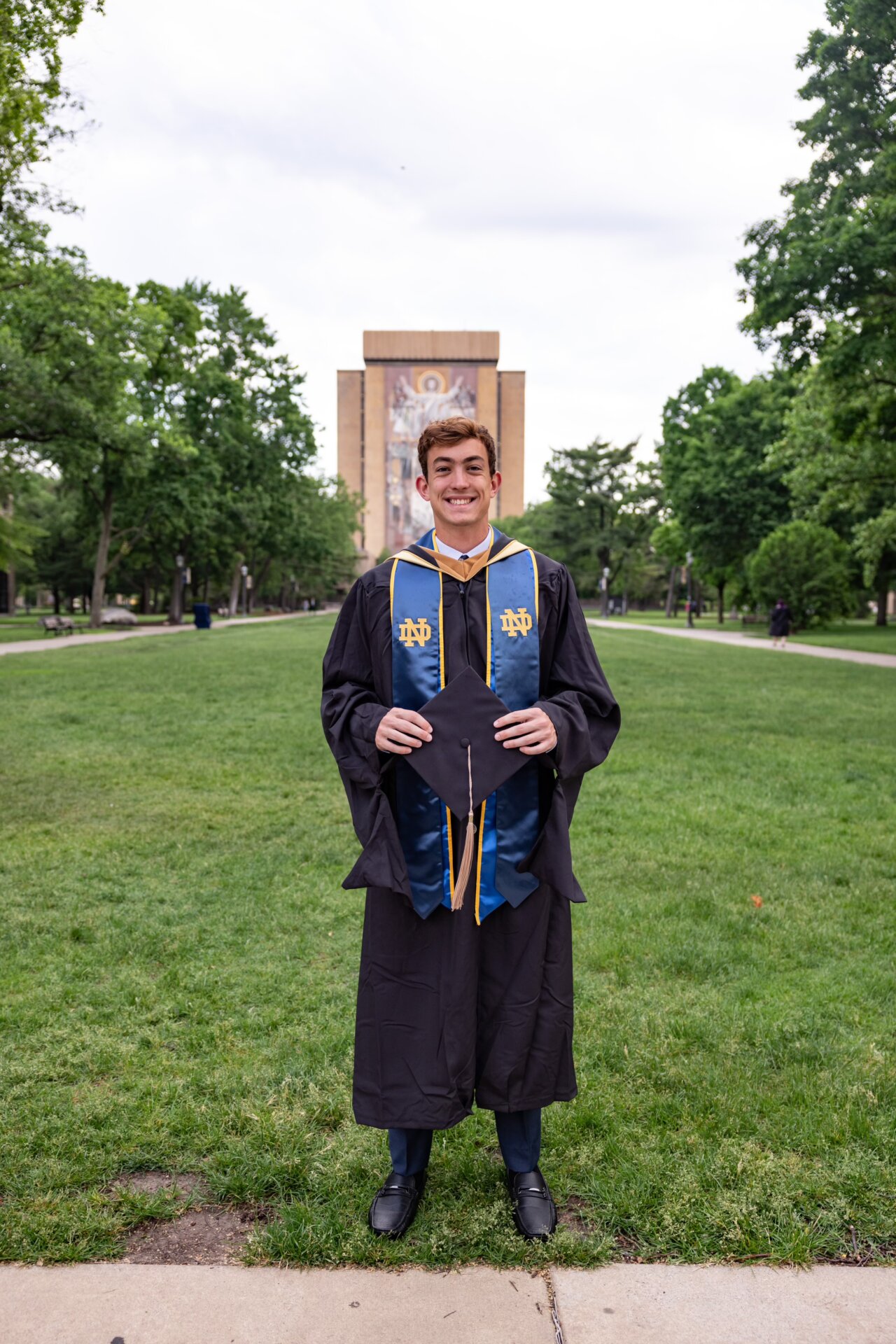
Charlie’s Success Story:
Let’s move beyond theory and see how it plays out in real life. Meet Charlie, a high school sophomore who struggled with procrastination and test anxiety.
“I’d always wait until the last minute to study, then panic,” Charlie shares. “My mind would go blank during tests, even when I knew the material.”
Charlie’s parents introduced him to a mindfulness routine where he would take 3 mindfulness breaths before the test began. He found the benefit and began a small mindfulness practice several other times throughout the day.
Charlie told us, “During my next math test. I felt calm and focused. I could actually recall what I’d studied! Over time, it was easier for me to begin my work, and school felt less overwhelming.”
Introducing Mindfulness to Skeptical Students
Let’s face it: suggesting mindfulness to students will likely be met with eye rolls or outright refusal. How do we introduce mindfulness in a way that your student will actually hear and try?
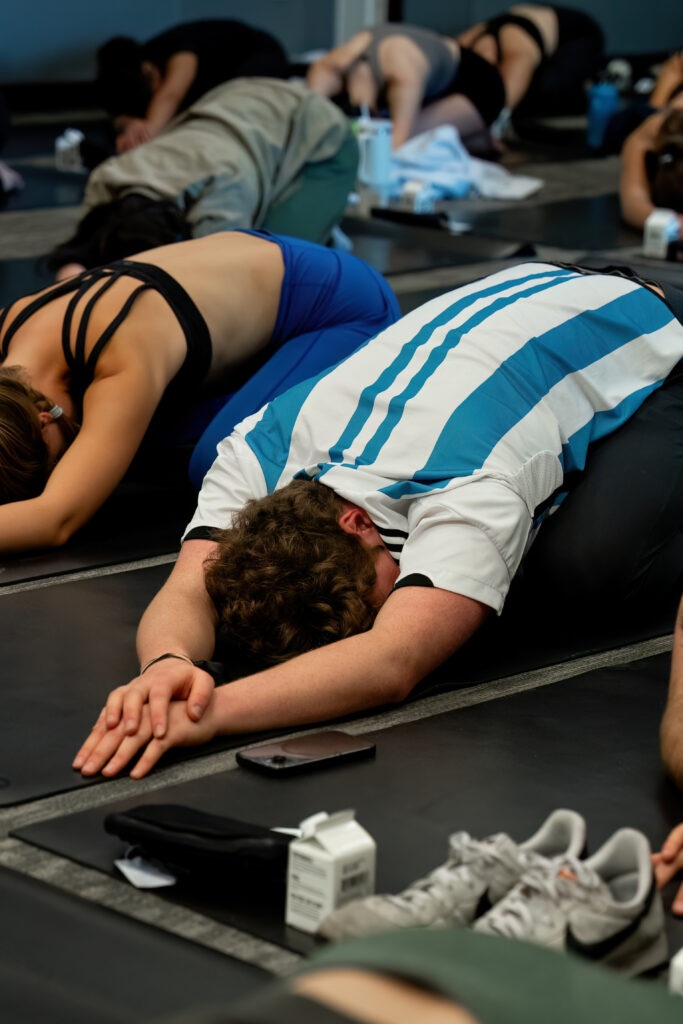
- Speak their language: Instead of “mindfulness,” try phrases like “mental training” or “mental fitness.” Frame it as a performance enhancer for academics, sports, or other areas they care about.
- Use tech to your advantage: While I’m not an advocate for gamifying mindfulness, it works for many young adults. They begin to see the benefits and then take the next step in their mindfulness journey. Consider introducing mindfulness apps to students. VR mindfulness experiences are being released. However, the ultimate goal is for them to be able to downshift their brain without tech. Think of these tools as training wheels—useful to start, but not the end goal.
- Lead by example: Practice mindfulness yourself and casually share how it’s helping you. Students are more likely to try something if they see it beneficial in real life.
- Respect their autonomy: Offer mindfulness as a tool, not a requirement. Let them choose when and how to incorporate it into their routine.
- Start small: Suggest ultra-short practices, like one mindful breath before a test, to build curiosity without overwhelming them.
How Mindfulness Strengthens Executive Function
Mindfulness isn’t just about feeling calm. It’s actually a workout for your student’s prefrontal cortex – the area of the brain responsible for executive function.
When your student practices mindfulness, they’re not just zoning out. They’re actively strengthening neural pathways that support:
- Attention: The ability to ignore distractions and stay on task
- Cognitive Flexibility: Adapting to new situations or unexpected changes
- Working memory: Holding and manipulating information in their mind
- Emotional regulation: Responding thoughtfully rather than reacting impulsively
Think of mindfulness as strength training for the brain. Just as lifting weights builds muscle over time, consistent mindfulness practice builds executive function skills.

The Mindfulness-Executive Function Connection
While many mindfulness programs focus solely on stress reduction, our approach targets the specific executive function challenges that impact academic performance and daily life. Here’s how it works:
- Starting Tasks: Mindfulness teaches present-moment awareness, making it easier for students to recognize when they’re procrastinating and redirect their focus.
- Organization: By enhancing overall awareness, mindfulness helps students notice disorganization and creates mental space for implementing systems.
- Time Management: Regular practice improves time perception, helping students decrease procrastination, think ahead, and estimate task duration more accurately.
- Impulse Control: Mindfulness strengthens the “pause button” between impulse and action, giving students more control over their choices.
- Emotional Regulation: By observing emotions without judgment, students develop the ability to respond rather than react to stress.
This isn’t your typical “just breathe” advice. It’s a targeted approach that addresses the root causes of many academic and personal challenges students face.

Untapped Learning Students and Mentors practicing mindfulness through movement at Untapped Headquarters.
Creative Ways to Practice Throughout the Day
Mindfulness isn’t just about sitting cross-legged and meditating. It can be integrated into various activities your student already enjoys. Here are some creative ways our students at Untapped have practiced mindfulness:
- Sports:
- After a bad goldf shot, take 15 seconds to focus on a single leaf on the course before hitting the next shot.
- Spend 2 seconds concentrating on the feel of the ball before a free throw in basketball.
- For the first 10 steps during a run, pay attention to each foot strike.
- Music:
- While pracicing, take 15 seconds to notice the silence before you begin performing again.
- For 20 seconds before playing, feel the vibration of the instrument against your body.
- Art:
- Take 1 minute to observe the mixing of colors on a palette before painting.
- Spend 30 seconds noticing the texture of clay while sculpting.
- Academics:
- Take three mindful breaths (about 20 seconds) before beginning a test.
- For the first 30 seconds of writing an essay, focus on the weight of the pen in your hand.
- Daily Life:
- For the first 30 seconds of a meal, pay attention to the food’s taste and texture.
- While waiting for the school bus, spend 30 seconds noticing three sounds outside.
- Technology:
- Take three mindful breaths (about 15 seconds) before getting on social media.
These brief moments of mindfulness, integrated into everyday activities, can help your student develop a more consistent practice and reap the benefits in all areas of their life. The key is consistency – encourage your student to choose one or two of these practices to start with and do them regularly.
The Far-Reaching Impact of Mindfulness
While improved grades and test scores are certainly welcome, the benefits of this mindfulness-executive function connection extend far beyond grades. These skills ripple into every aspect of a student’s life, from the classroom to the sports field, the music hall to the art studio. Students who have a mindfulness practice experience:
- Increased self-confidence: Tackles challenges in academics, sports, and arts with more assurance.
- Improved decision-making: Helps navigate everything from course selections to in-game choices.
- Better stress management: Handle pressure in exams, performances, and competitions more effectively.
- Stronger relationships: Builds better connections with teammates, classmates, and family.
- Improved focus and creativity: Boosts performance in both academic work and artistic pursuits.
- Improved physical performance: Enhances sports and physical activities through better mind-body connection.
By strengthening executive function through mindfulness, you’re not just helping your student succeed in school. You’re equipping them with life skills that will serve them well in every arena – from the science lab to the soccer field, the debate stage to the dance recital.
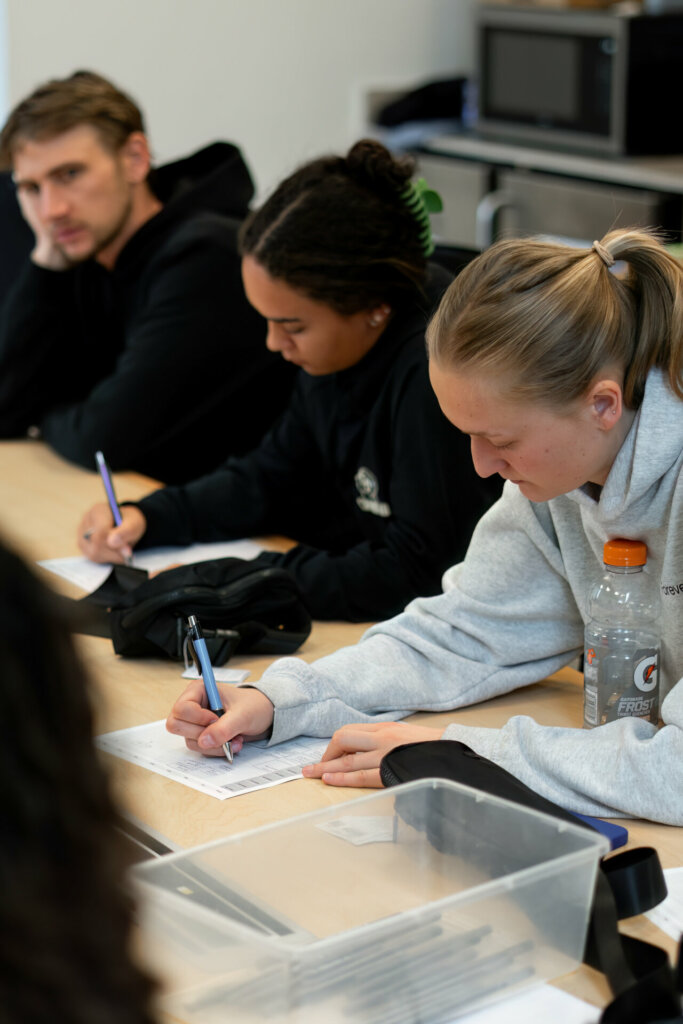
Common Mindfulness Challenges
While the benefits of mindfulness are clear, getting started and maintaining the practice can present some challenges:
- Resistance or skepticism: Address this by starting small and connecting mindfulness to their interests.
- Difficulty finding time: Integrate mindfulness into existing routines rather than adding it as an extra task.
- Inconsistent practice: Encourage regularity by setting reminders or having a trigger to start the practice (ex., when I hit a bad shot on the golf course, I look at a leaf on a tree for 15 seconds).
- Feeling like it’s not working: Remind them that, like any skill, mindfulness takes time to show results. Celebrate small wins along the way.
Mindfulness emerges as a powerful tool for improving executive function skills needed for academic and personal success. When recommending mindfulness to your child remember:
- Framing mindfulness as “mental fitness” helps overcome initial skepticism
- Creative integration into daily activities makes practice more accessible
- Benefits extend beyond academics to sports, arts, and relationships
- Improves skills like attention, cognitive flexibility, and emotional regulation
- Equips students with valuable tools for managing modern life’s complexities
The journey of mindfulness, much like education itself, is one of continuous growth and discovery, setting the stage for lifelong success and well-being.
Schedule a consultation with Untapped Learning today and take the first step towards academic success and lifelong well-being.
For More:
The Importance of Mindfulness for Anxious Students
